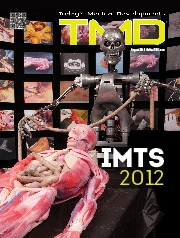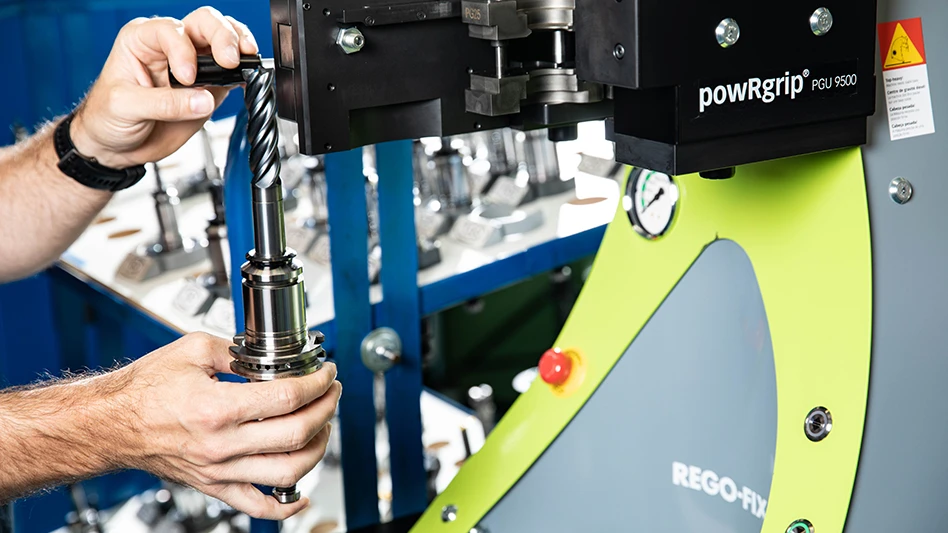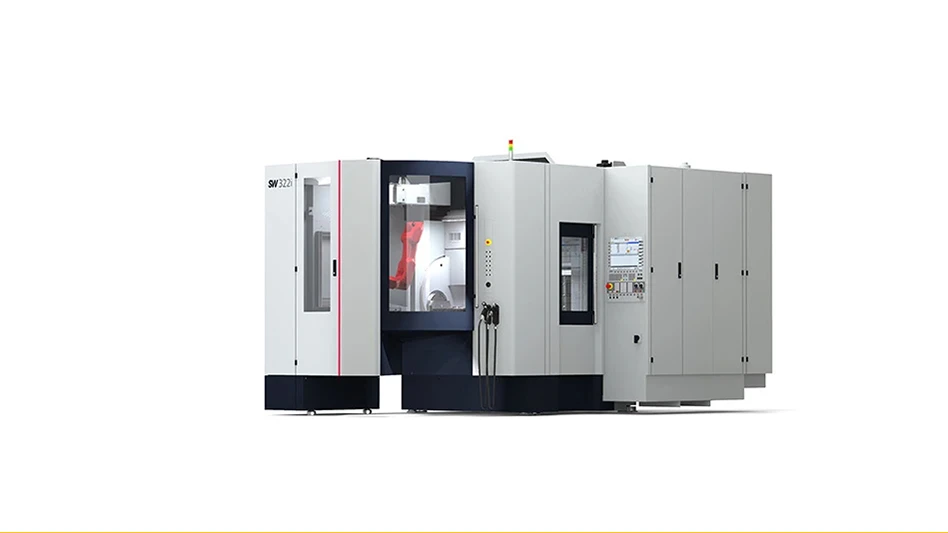|
Booth W-100 will also be the place for a close-up look at the Buckeye Bullet – The Ohio State University’s all electric vehicle that recently reached a top speed of more than 320mph. Next, take the opportunity to look and feel the inner working of the human body with a synthetic body from SynDaver. Then move on to view several Unmanned Air Vehicles from Oklahoma State University, as well as Lockheed Martin’s K-Max helicopter, before having your photo taken with Flyer 1 – the experimental aircraft created by the Wright brothers in 1903. Finally take time to pilot Flyer 1 via a simulator. Whether you are experiencing history with Flyer 1 or the future of aviation with the UAVs, learning more about the human body or viewing electric cars, make sure to have your badge scanned at booth W-100 for a chance to win an iPad 3, with one winner chosen Monday – Friday. |
.gif) Imitation, Truly the Sincerest Form of Flattery
Imitation, Truly the Sincerest Form of Flattery
Manufacturing the world’s most sophisticated synthetic human tissues and body parts, SynDaver’s synthetic human bleeds, breathes, and employs hundreds of muscles, bones, organs, and vessels. Design and make-up of the body is from materials that mimic the mechanical, thermal, and physico-chemical properties of live tissue. Use of this validated technology is to replace live animals, cadavers, and human patients in medical device studies, clinical training, and surgical simulation.

Speeding Toward the Future
Covering More Than a Century of Aviation
Since its inception more than 110 years ago, aviation has constantly been evolving. The materials the Wright brothers initially used on Flyer 1 were from a giant spruce. In the 1920s that quickly changed into aluminum, then to a form of composites (fiberglass) in the 1950s, and today, it is the use of CRP (carbon reinforced fibers). As materials change, so does everything else. The future of aviation are UAVs (unmanned air vehicles), which can be controlled via remote (e.g. flown by a pilot at a ground control station) or can fly autonomously based on pre-programmed flight plans or more complex dynamic automation systems. Some UAVs, such as the K-Max, have the capability to fly via a remote or in a traditional manner with an onboard pilot.
Cover ing More Than a Century of Aviation.
ing More Than a Century of Aviation.
Since its inception more than 110 years ago, aviation has constantly been evolving. The materials the Wright brothers initially used on Flyer 1 were from a giant spruce. In the 1920s that quickly changed into aluminum, then to a form of composites (fiberglass) in the 1950s, and today, it is the use of CRP (carbon reinforced fibers). As materials change, so does everything else. The future of aviation are UAVs (unmanned air vehicles), which can be controlled via remote (e.g. flown by a pilot at a ground control station) or can fly autonomously based on pre-programmed flight plans or more complex dynamic automation systems. Some UAVs, such as the K-Max, have the capability to fly via a remote or in a traditional manner with an onboard pilot.The Buckeye Bullet is a student-built, student created, alternative-fuel racecar from The Ohio State University. On September 25, 2009, the Buckeye Bullet 2 set international land speed records at the Bonneville Salt Flats of 303.025mph (487.672kmph) in the flying kilometer and 302.877mph (487.433kmph) in the flying mile. In 2010, in partnership with Monaco-based electric car manufacturer Venturi, the Buckeye Bullet team replaced the fuel cells with lithium-ion batteries from A123 Systems. Setting a land speed record of 291mph for a lithium-ion battery powered vehicle. Then on August 24, 2011, at the Bonneville Salt Flats, the Buckeye Bullet 2 clocked 320mph. Official registration of the time was by the FIA (Federation Internationale de l’Automobile).

Explore the August 2012 Issue
Check out more from this issue and find your next story to read.
Latest from Today's Medical Developments
- Tariffs threaten small business growth, increase costs across industries
- Feed your brain on your lunch break at our upcoming Lunch + Learn!
- Robotics action plan for Europe
- Maximize your First Article Inspection efficiency and accuracy
- UPM Additive rebrands to UPM Advanced
- Master Bond’s LED415DC90Med dual-curable adhesive
- Minalex celebrates 60 years of excellence in miniature aluminum extrusions
- Tormach’s Chip Conveyor Kit for the 1500MX CNC Mill
 Booth W-100:
Booth W-100:




